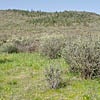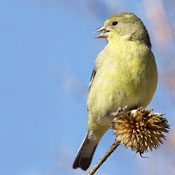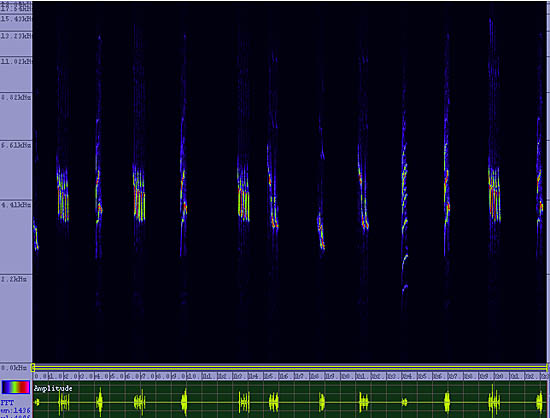
Perching
Lesser Goldfinch
Spinus psaltria

Length: 5 in. (11 cm )
Inhabiting open brushy areas and forest edges, the Lesser Goldfinch is also common in suburban areas where flowering plants grow and thistle and seed feeders are available. Its nest is cup-shaped, made of woven plant fibers and placed in low to medium-height shrubs. Male songs are highly variable as they mimic many other bird species.
The four-digit banding code is LEGO.
Male | Herbert Clarke
Female | Robert Shantz(link is external)

Agricultural

Chaparral

Desert
Mesquite bosque
Oak-pine woodland
Riparian / River forest
Savanna

Shrubs

Urban city
View Citation
Be Part of
Ask A Biologist
By volunteering, or simply sending us feedback on the site. Scientists, teachers, writers, illustrators, and translators are all important to the program. If you are interested in helping with the website we have a Volunteers page to get the process started.















